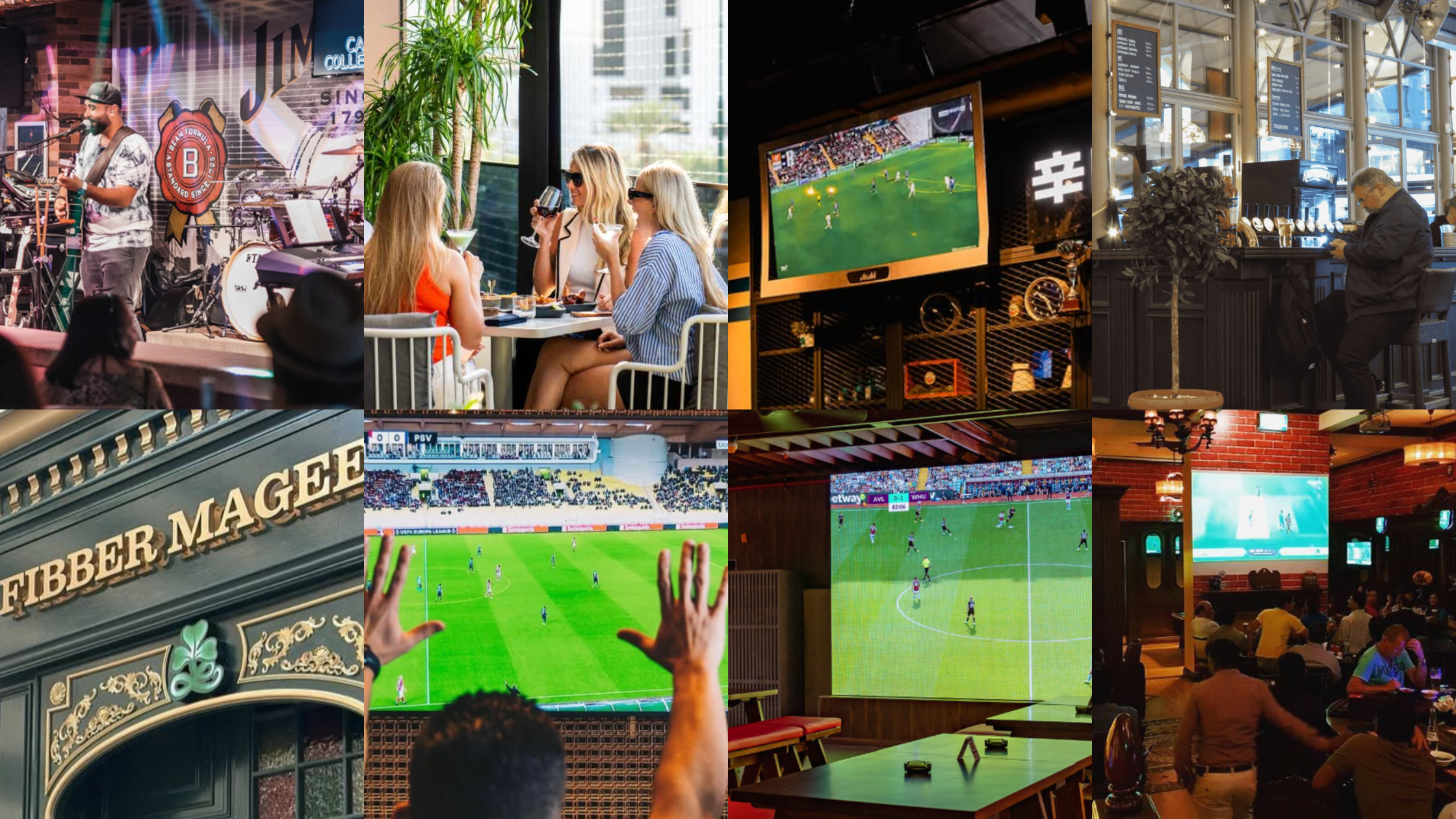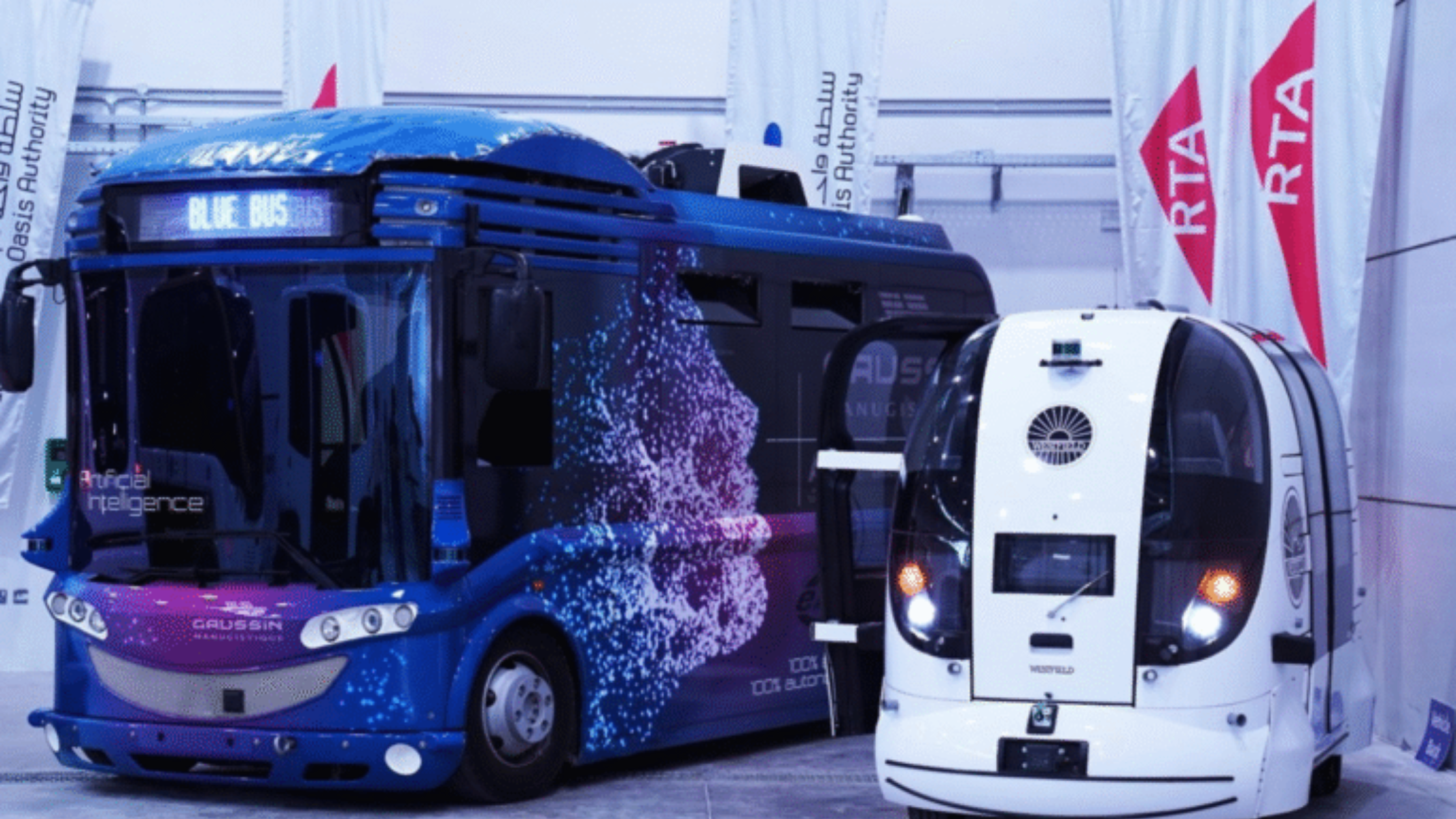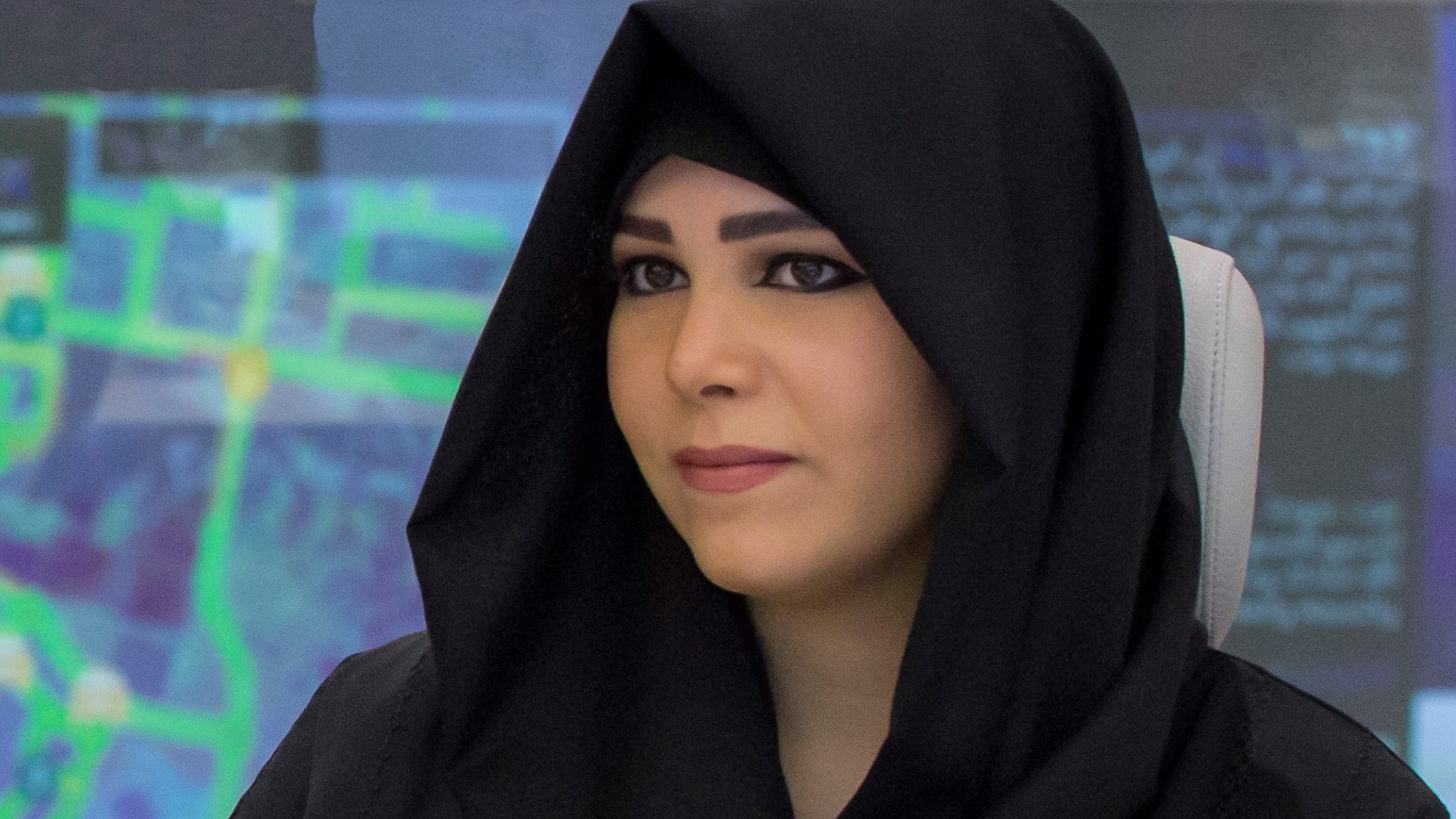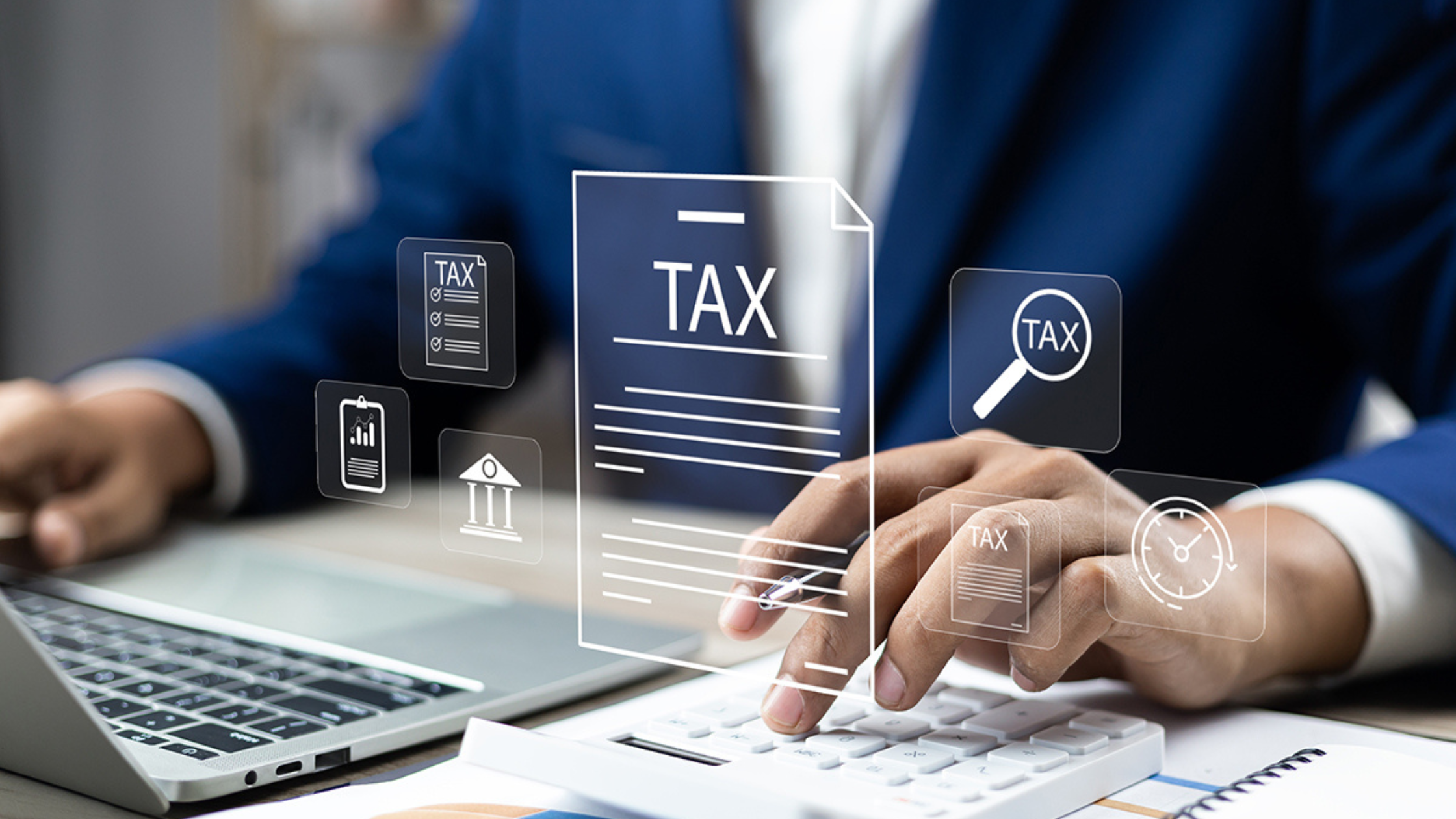Dubai Public Art Ignites Culture with Al Quoz Masterpieces

Dubai Culture & Arts Authority has unveiled two spectacular murals in Al Quoz Creative Zone under the Dubai Public Art Strategy, turning the district into a vibrant open‑air art gallery. These murals symbolize Dubai’s ambition to cement its role as a global culture hub, strengthening its reputation as a creative incubator and artistic destination.
Art in Public Spaces: Connecting Community and Creativity
The initiative fulfills the vision of transforming public spaces into artistic experiences, making art accessible to residents and visitors alike. Dubai Culture’s goal is to bring artworks into neighbourhoods, parks, transportation hubs, and cultural zones shaping Dubai into a city where creativity is part of everyday life, not confined to galleries.
Artistic Voices: Female Muralists Capturing Al Quoz’s Spirit
This mural series prominently features the work of three talented female artists: Rabab Tantawy, Hend Al Murid, and Dina Saadi. Each mural reflects the energy, heritage, and evolving identity of Al Quoz, mirroring the neighborhood’s creative and multicultural spirit.
Vibrant Voices of Al Quoz: Egyptian muralist Rabab Tantawy created this installation on the façade of the Aramtec food services building. The mural celebrates Al Quoz’s vibrancy and heritage, depicting spice stalls, traditional Arabic lanterns, dallah coffee pots, and architectural motifs such as domes and arches. It interprets the pulse of daily life in the district through bold colors and dynamic forms.
Wonder Windows: Emirati artist Hend Al Murid and Syrian muralist Dina Saadi collaborated on a mesmerising mural on the exterior of WooHoo, a children’s museum. Their work combines cultural symbols such as the Hudhud bird, ornamental patterns, and childhood imagery. It invites viewers into a narrative of discovery, heritage, and imagination.
Strategic Impact: Urban Art Meets Cultural Vision
These murals do more than decorate walls they shape the identity of Al Quoz Creative Zone, transforming it into an engaging cultural destination. Shaima Rashid Al Suwaidi, CEO of Arts, Design & Literature at Dubai Culture, noted that the artworks reinforce the zone’s role as a creative hub, supporting emergent talent and sparking conversation between artists and the community.
Mozah Lootah, Project Manager at Dubai Public Art, emphasized how the strategy empowers emerging creatives and invites interactive dialogue via public artworks, enhancing tourism appeal and local involvement.
Al Quoz Creative Zone: A Growing Cultural Ecosystem
Established in 2021, Al Quoz Creative Zone is part of Dubai’s larger plan to nurture creative industries. The area is being developed into one of the world’s largest creative communities, aiming to support over 20,000 creatives and attract 33,000 daily visitors once complete. It offers affordable workspaces, event venues, streamlined licensing, and support services under the Dubai Creative Economy Strategy.
The master plan includes renewals of existing warehouses, pedestrian-friendly zones, integration with public transport, and allocation of public art along major pathways and squares.
Why Public Art Strategy Aligns with Broader City Vision
Dubai Culture’s Public Art Strategy is illuminated in a formal partnership with Dubai Municipality, which helps identify public sites and coordinate installations. This initiative fits within the Dubai 2040 Urban Master Plan, which prioritizes human-centred, walkable city spaces and sustainable urban design.
Dubai Culture is also working with major partners like Alserkal Arts Foundation, Art Dubai, Tashkeel, and Art Jameel to drive open calls, education programs, and community-based art commissions across the city.
Behind the Walls: The Artists and Their Narratives
Rabab Tantawy is known for her intuitive, unsketched approach to street art drawing directly onto surfaces with bold color and evocative symbolism. Her themes often focus on unity, heritage, and vibrancy, and she seamlessly transitions from earthy tones to neon.
Hend Al Murid describes her art as a personal universe where each viewer becomes part of the story. Her murals feature layered patterns and cultural motifs that invite reflection and connection.
Dina Saadi, a Syrian street artist, combines vibrant palettes with portraiture, abstract forms, and themes of nature and collective identity. Her murals around the world prompt awareness of shared human experiences.
Murals as Cultural Landmarks for Tourism and Community
Public art like these murals elevates public aesthetics, transforms public spaces, and strengthens cultural tourism. They encourage exploration, photo‑op moments, and conversation in vibrant communal streetscapes. Dubai Culture’s strategy sees art as both civic infrastructure and cultural branding.
Other public art examples include Resonance by Maryam Namvar and Neda Salmanpour in Al Shindagha, the Union of Artists sculpture at Al Hudaiba Park, and the Deliberate Pauses installation by Shaikha Al Mazrou in Hatta each reinforcing public art’s role in shaping collective memory.
Art and Urban Renewal: Emerging Creative District
Al Quoz Creative Zone not only embraces visual artistry but also forms a supportive ecosystem for creative businesses. It aligns with Dubai’s goal to build a thriving creative economy and acts as a one-stop zone for licensing, visas, and workspace for artists, filmmakers, designers, and digital creatives.
The area’s transformation includes pedestrian paths, public plazas, performance spaces, and integrated transportation links underlining Dubai’s shift toward healthier, walkable neighbourhoods.
Empowering Creative Talent and Cultural Economy
Dubai Culture continues to support capacity building through educational programmes, mentorship, and public art commissions. The open-call education initiative launched in early 2025 offers workshops, mentorship, and project development support for UAE-based artists to engage with public art at scale.
Such programming not only advances artistic skills but also encourages economic participation and visibility within the creative industry.
Murals Bring Life to Everyday Streetscapes
These murals invite passersby to stop, imagine, and connect. They represent culture, memory, and play, merged into everyday urban life. In Al Quoz, murals like “Vibrant Voices” and “Wonder Windows” physically and symbolically open up windows into tradition, creativity, and cross-cultural identity.
This blend of bold visuals, storytelling, and public accessibility is turning Al Quoz from an industrial zone into a living cultural canvas.
Unity Through Feminine Artistic Expression
Featuring women artists of Egyptian, Emirati, and Syrian backgrounds, the project reflects Dubai’s inclusive cultural ethos and its commitment to elevating female creative voices. In line with broader trends at events like Art Dubai 2025, these artists represent the growing empowerment of women in the UAE’s evolving art scene.
Building a Future of Sustainable Culture & Innovation
Dubai Culture’s leadership under Sheikha Latifa bint Mohammed and its partnerships reflect a broader strategy to transform the public realm into a creative economy engine. These murals and public art installations are part of a strategic blueprint that enhances cultural tourism, supports creative industries, and underscores Dubai’s identity as a cultural trailblazer.
Art That Lives in the City
Dubai Culture’s new murals in Al Quoz are more than art—they are an invitation to engage, reflect, and connect. They embody the emirate’s commitment to weaving creativity into daily life, empowering local artists, and building a more vibrant urban identity. As Al Quoz blossoms into a creative hotspot, its walls tell a story of culture, collaboration, and artistic ambition.







